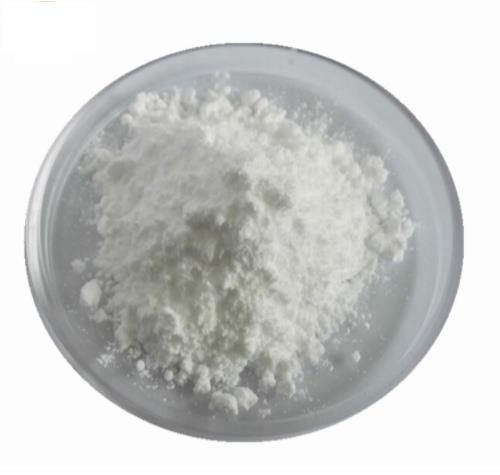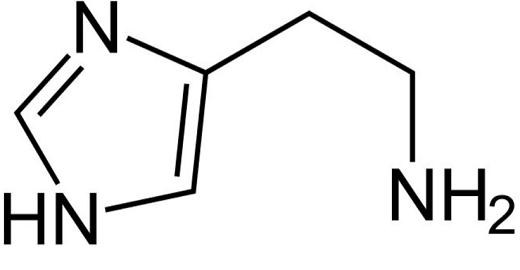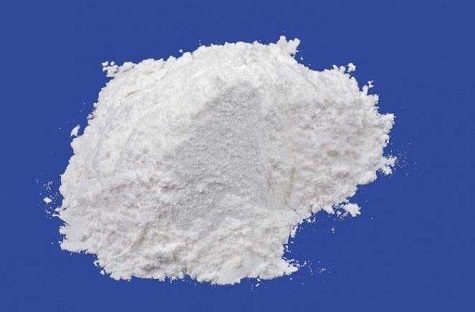Biological functions and Synthesis of Glutamic acid

Properties
Mr 147.13. Glutamic acid is soluble in water (~0.06M at 25°C) and insoluble in ethanol or ether. Glutamic acid is a white crystal or crystalline powder. Glutamic acid cannot cross the blood-brain barrier.
Synthesis and release
Gene, mRNA, and precursor Glutamate is synthesized from α-ketoglutaric acid, an intermediate in the citric acid cycle, by mitochondrial glutamate dehydrogenase. Although this chemical reaction is reversible, the reaction strongly favors glutamate synthesis, which lowers the cytotoxic ammonium ion concentration.Glutamate is also synthesized from glutamine by glutaminase in the central nervous system (CNS).Tissue distribution As a constituent of protein, glutamic acid is likely contained in all kinds of cells.
Regulation of synthesis and release
Neurons cannot synthesize the neurotransmitters glutamate and γ-aminobutyric acid (GABA) from glucose. The glutamate/GABA-glutamine cycle includes the release of glutamate or GABA from neurons and subsequent uptake into astrocytes. Astrocytes release glutamine to be taken up into neurons for use as the glutamate precursor.Nerve impulses trigger the release of glutamate stored in the presynaptic vesicles. Glutamate transporters rapidly remove glutamate from the extracellular space. Glutamate not only functions as a point-to-point neurotransmitter within the synapse, but also as spill-over synaptic crosstalk between synapses where released glutamate creates extrasynaptic signaling, named volume transmission.Group II metabotropic glutamate receptors modulate extracellular glutamate in the nucleus accumbens,suggesting that glutamate can also function as an endocrine-like molecule in addition to a neurotransmitter in the brain.
Biological functions
Target cells/tissues and functions
Glutamate is the most abundant excitatory neurotransmitter in the central nervous system of vertebrates. Glutamatergic synapses in the hippocampus, neocortex, and other parts of the brain have plasticity, called long-term potentiation, that enables learning and memory. Glutamate also functions as spill-over synaptic crosstalk between synapses where released glutamate creates extrasynaptic signaling, named volume transmission. Glutamate stimulates glutamate-gated chloride channels in nematodes and arthropods.Cystine/glutamate transporters (xCTs) are critical regulators of ambient extracellular glutamate levels in the nervous system of Drosophila.
Phenotype of gene-modified animals
Metabotropic glutamate receptor knockout m models have been crossed to mouse models of Alzheimer's disease and Huntington's disease, providing important data about the role of metabotropic glutamate receptors in neurodegenerative disease progression.Glutamate/ aspartate transporter (GLAST)-knockout mice were used to show that Bergmann glia, specialized cerebellar astrocytes that thoroughly enwrap Purkinje cells, are essential for synaptic organization in Purkinje cells through the action of GLAST.
);

